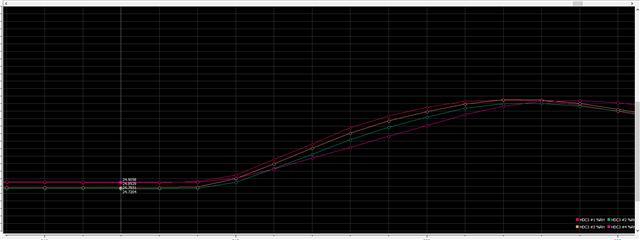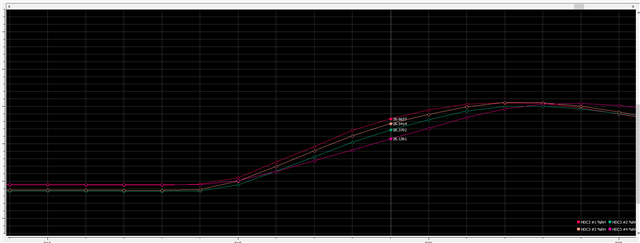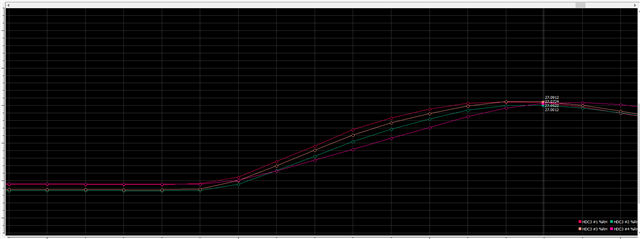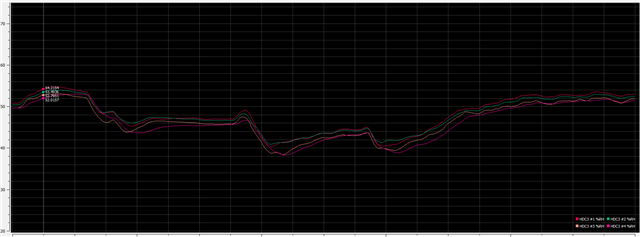Other Parts Discussed in Thread: HDC3020
Hi team,
a customer would like to know if the PTFE membrane would reduce the real response time, since the water atoms need to penetrate the PTFE membrane first to be detected by the sensor. For example, in case both sensors are exposed to the same change of humidity at the same time, would the HDC3020 react earlier (and thus reach the final humidity faster) than the HDC3022 just because of the protective PTFE membrane?
Do you have by any chance humidity over time graphs that are related to this question?
BR,
Stefan







